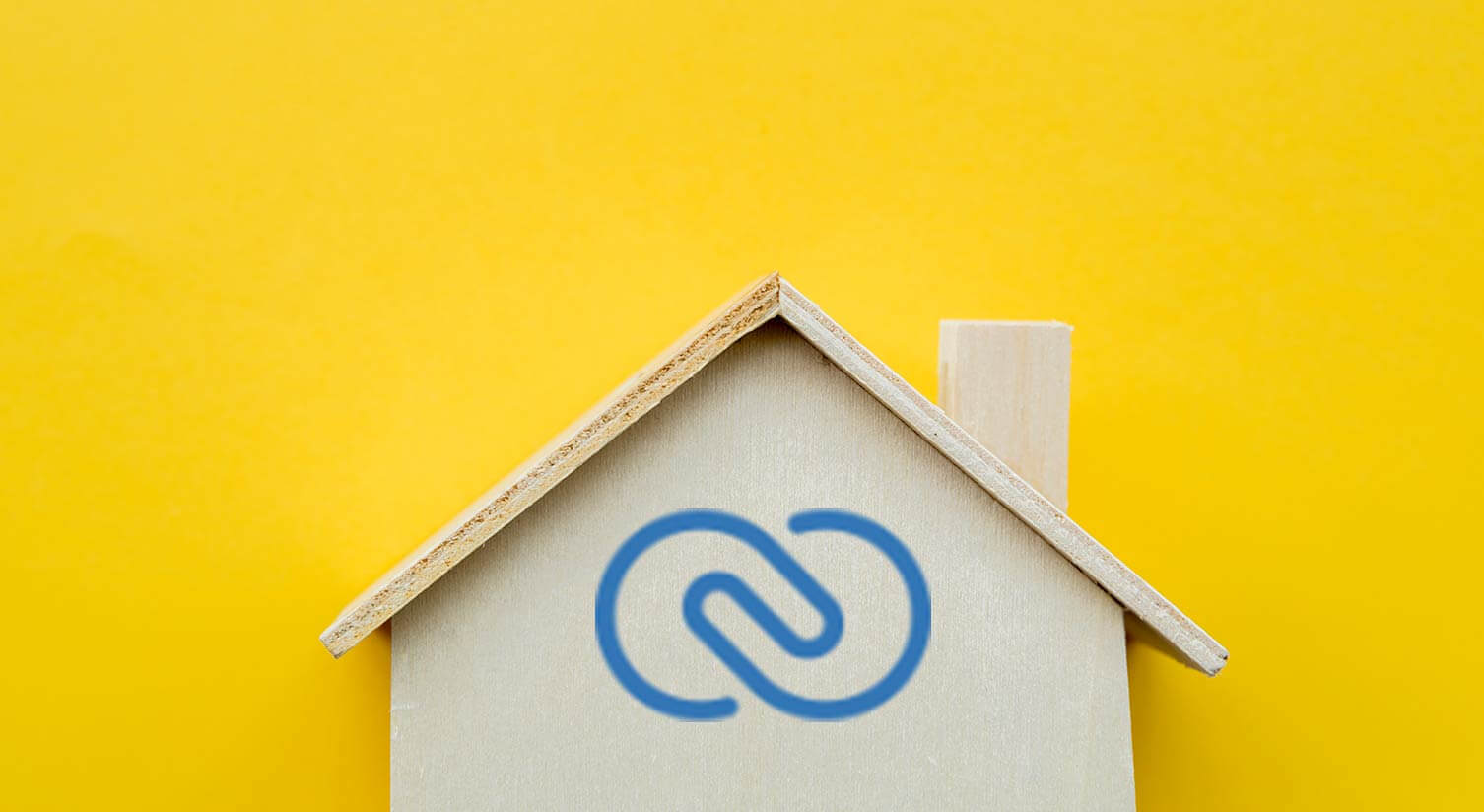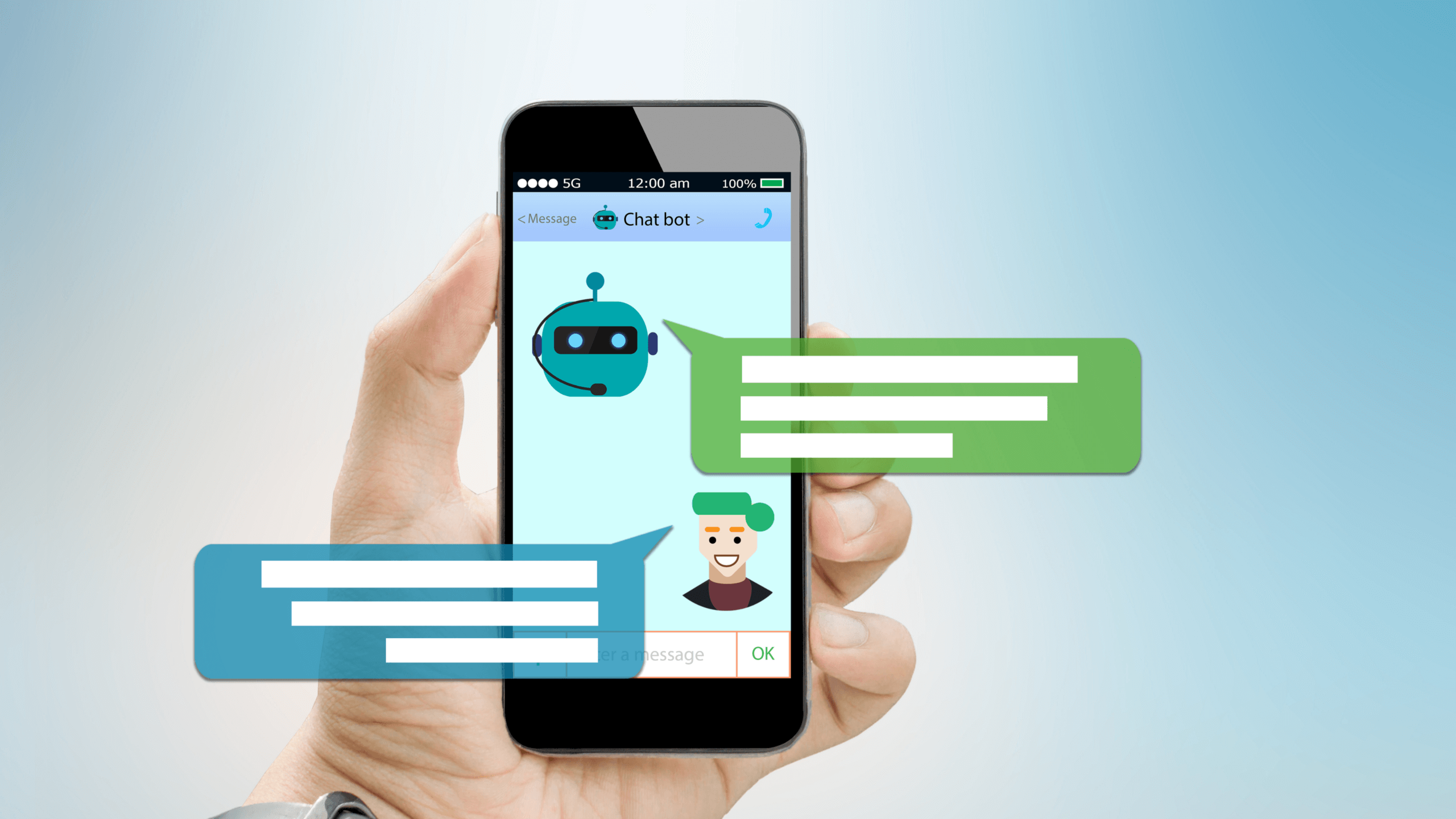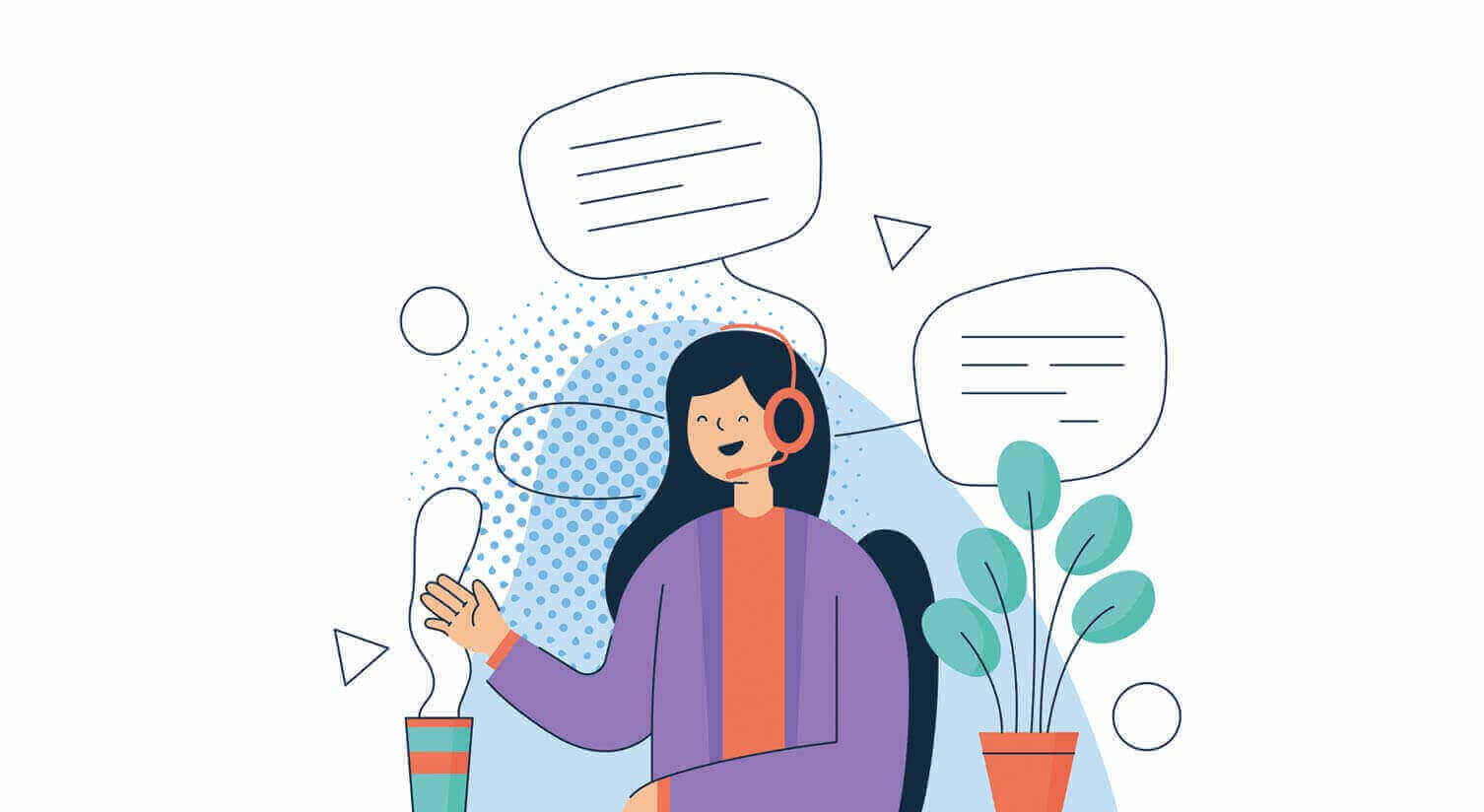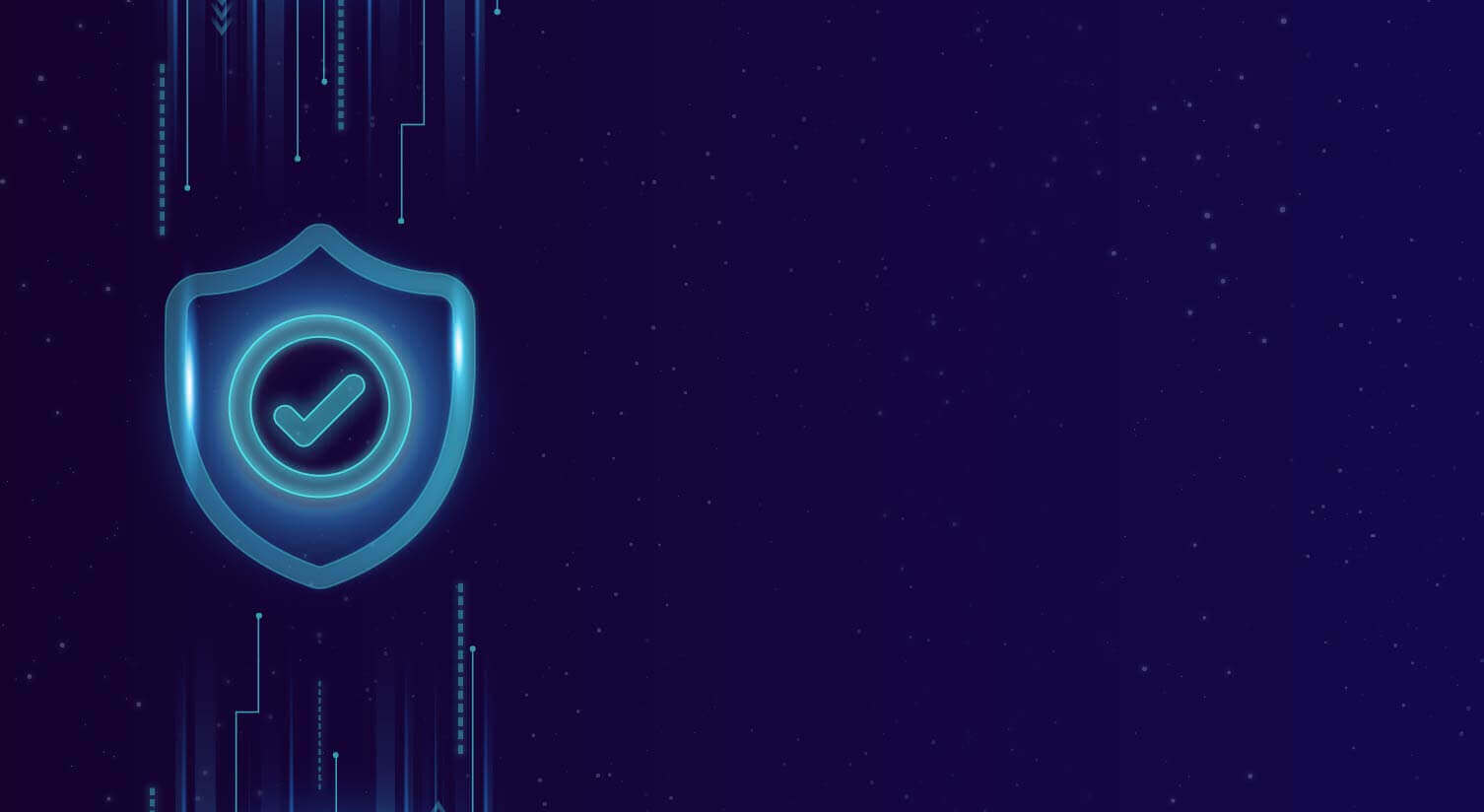
In today’s world where brands increasingly value being available online 24/7, providing instant responses to customers is gaining significance. Being able to provide this has become more important than ever before. One of the most important tools that make this easier is… “WhatsApp Message Templates” are standardized message formats that businesses use to respond to customers, and they are an important feature of the WhatsApp Business API structure.
If you also want to take advantage of this feature in your business, there are some rules you need to know about sending templated or non-templated messages.
“How to Use WhatsApp Message Templates?”
“The first and most important rule is that if a customer reaches out to you via WhatsApp and sends a message, your application or business can respond within the following 24 hours without the need to use message templates.” “However, if you wish to send a message after 24 hours have passed, you must use paid message templates.”
“The second rule is related to WhatsApp’s own approval process.” “WhatsApp generally reviews and approves messages within 24 hours at the latest.” “Once this process is completed and your customers have given permission to message your application, you can start sending message templates to your customers or prospects.”
“We can categorize the other rules regarding WhatsApp Message Templates into two main categories: content rules and format rules.”
“Content rules:”
“Message templates are messages sent by businesses to customers for notification purposes, and their content should remain solely for this purpose.” “Therefore, advertising, sales-focused (messages containing coupon information, promotions, or survey messages), or threatening message templates that threaten legal action against the user are uniformly rejected by WhatsApp, which follows a user satisfaction-focused policy.” Therefore, “To pass the approval process, your WhatsApp Message Templates must definitely fall into one of the following categories:”
“Account Notifications: Messages that inform customers about changes or updates to their accounts.”
“Alert Notifications: Messages that inform customers about important news or updates.”
“Appointment Notifications: Messages containing notifications, reminders, or updates related to appointments created by customers.”
“Automated Responses: Messages that are automatically sent when your business cannot respond to customers instantly.”
“Issue Resolution: Messages sent as solutions to problems, questions, or feedback that your customers have regarding your business.”
“Payment Updates: Messages sent to inform your customers about the latest status of their payments.”
“Financial Status Updates: Messages sent to inform your customers about updates regarding their financial status.”
“Reservation Updates: Messages sent to customers for confirmation, reminders, or other updates related to their bookings.”
“Shipping Updates: Messages sent to customers to convey shipping updates regarding their orders.”
“Billing Updates: Messages sent to customers to communicate information and updates related to billing.”
“Transportation Updates: Messages sent to customers to communicate information or updates related to transportation.”
“Format rules:”
“Template Name”
“WhatsApp template names can only contain lowercase letters, numbers, letters, and underscores.” “For example, a suggestion that will expedite the approval process from WhatsApp is to give templates more descriptive and specific names, such as ‘shipping_update’ or ‘order_followup1,’ instead of random names like ‘message_123’.” “This will make the job of those responsible for approving your messages on WhatsApp easier and streamline your work, especially when managing numerous templates.”
“Template Content”
“The template content should also be carefully chosen.” “The WhatsApp-specific format for templates should consist of a text composed of letters, numbers, emojis, and special characters, with a content limit of 1024 characters.” “Additionally, the text cannot contain line breaks, tabs, or more than four consecutive spaces.” “Template messages can include attachments and images.”
Finally, the template text must contain variables(numbers) written in parentheses {{#}} (each number (#) written in parentheses represents the “variable” index). “Important note: Variables must progress sequentially starting from {1}” “These variables are crucial in the structure of template text and assist you in personalizing your messages for customers.”
a sample text:
Hello Ayşe! “We’re writing to let you know that your order #123456 is on its way.” “You can log in with your personal ID number, which is 567890, to track updates.” “Thank you for choosing our company!”
This message text should be sent to each customer after being personalized with variables as follows:
Hello {{1}}! “We’re writing to let you know that your order {{2}} is on its way.” “You can log in with your personal ID number, which is {{3}}, to track updates.” “Thank you for choosing our company!”
“In addition, you can send WhatsApp template messages in different languages to your customers or prospects, but you should prepare your own translations because WhatsApp does not provide a built-in translation service.” “It should be noted that message templates prepared in different languages must also follow the same rules to obtain approval.”
“You can also easily try out WhatsApp text templates that revolutionize customer service by following these guidelines.” “For more detailed information, you can visit… You can consult our Freshworks experts here and clear your questions.
Diğer yazılarımız
July 15, 2025
July 15, 2025
July 15, 2025
July 15, 2025






